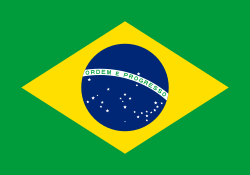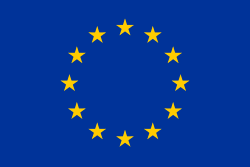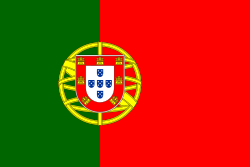Ungerns Grand Prix 1993
 | |||
| Datum | 15 augusti 1993 | ||
|---|---|---|---|
| Bana | Hungaroring | ||
| Sträcka | 77 × 3,968 = 305,536 km | ||
| Vinnare | Williams-Renault | ||
| Pole position | Williams-Renault, 1.14,631 | ||
| Snabbaste varv | Williams-Renault, 1.19,633 (varv 52) | ||
| Temperatur | Mycket varmt | ||
| |||
Ungerns Grand Prix 1993 var det elfte av 16 lopp ingående i formel 1-VM 1993.
Resultat
- Damon Hill, Williams-Renault, 10 poäng
- Riccardo Patrese, Benetton-Ford, 6
- Gerhard Berger, Ferrari, 4
- Derek Warwick, Footwork-Mugen Honda, 3
- Martin Brundle, Ligier-Renault, 2
- Karl Wendlinger, Sauber, 1
- Mark Blundell, Ligier-Renault
- Philippe Alliot, Larrousse-Lamborghini
- Thierry Boutsen, Jordan-Hart
- Ukyo Katayama, Tyrrell-Yamaha
- Andrea de Cesaris, Tyrrell-Yamaha
- Alain Prost, Williams-Renault
Förare som bröt loppet
- Pierluigi Martini, Minardi-Ford (varv 59, snurrade av)
- Erik Comas, Larrousse-Lamborghini (54, motor)
- Alessandro Zanardi, Lotus-Ford (45, växellåda)
- Aguri Suzuki, Footwork-Mugen Honda (41, snurrade av)
- Michele Alboreto, BMS Scuderia Italia (Lola-Ferrari) (39, överhettning)
- Johnny Herbert, Lotus-Ford (38, snurrade av)
- Luca Badoer, BMS Scuderia Italia (Lola-Ferrari) (37, snurrade av)
- Michael Schumacher, Benetton-Ford (26, bränslepump)
- Christian Fittipaldi, Minardi-Ford (22, upphängning)
- Jean Alesi, Ferrari (22, snurrade av)
- JJ Lehto, Sauber (18, motor)
- Ayrton Senna, McLaren-Ford (17, gasspjäll)
- Michael Andretti, McLaren-Ford (15, gasspjäll)
- Rubens Barrichello, Jordan-Hart (0, kollision)
Noteringar
- Damon Hills första F1-vinst.
Ställning efter loppet
|
|
- Notering: Endast de fem bästa placeringarna i vardera mästerskap finns med på listorna.
| ||||||||
Media som används på denna webbplats
Black left-pointing triangle ◀, U+25C0 out of Unicode-Block Geometric Shapes (25A0–25FF)
Black right-pointing triangle ▶, U+25B6 out of Unicode-Block Geometric Shapes (25A0–25FF)
The civil ensign and flag of Belgium. It is identical to Image:Flag of Belgium.svg except that it has a 2:3 ratio, instead of 13:15.
Flag of South Africa, used between 1928 and 1982. It is identical to the 1982 to 1994 version except that the shade of blue is darker. It is also known as the "Oranje-Blanje-Blou".
Flag of South Africa, used between 1928 and 1982. It is identical to the 1982 to 1994 version except that the shade of blue is darker. It is also known as the "Oranje-Blanje-Blou".
The Flag of Europe is the flag and emblem of the European Union (EU) and Council of Europe (CoE). It consists of a circle of 12 golden (yellow) stars on a blue background. It was created in 1955 by the CoE and adopted by the EU, then the European Communities, in the 1980s.
The CoE and EU are distinct in membership and nature. The CoE is a 47-member international organisation dealing with human rights and rule of law, while the EU is a quasi-federal union of 27 states focused on economic integration and political cooperation. Today, the flag is mostly associated with the latter.
It was the intention of the CoE that the flag should come to represent Europe as a whole, and since its adoption the membership of the CoE covers nearly the entire continent. This is why the EU adopted the same flag. The flag has been used to represent Europe in sporting events and as a pro-democracy banner outside the Union.Flag of Portugal, created by Columbano Bordalo Pinheiro (1857–1929), officially adopted by Portuguese government in June 30th 1911 (in use since about November 1910). Color shades matching the RGB values officially reccomended here. (PMS values should be used for direct ink or textile; CMYK for 4-color offset printing on paper; this is an image for screen display, RGB should be used.)
Författare/Upphovsman: KaragouniS, Licens: CC BY-SA 4.0
Hungaroring older layout


















